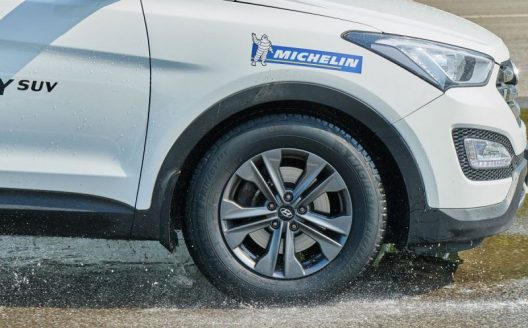Road Usage Lab: the road laboratory for safer tires

The car tires stood out clearly between summer and winter, then the four-season tires arrived, initially unconvincing and forced to do more than they could at too different temperatures. But the changes in the climate (the mid-seasons have disappeared), the tendency of motorists to keep the same tires under the car all year round and the search for new materials and innovative processes, has led the Manufacturers to experiment with new tires capable of guarantee safety and adherence in all driving conditions, with the sun or snow.
A mission that is not exactly simple, as much as understanding how drivers really drive around the world. To do this, Michelin started theRoad Usage Lab , a European open-air laboratory, recruiting 3,000 common volunteer motorists who test themselves every day, as explained by Paola Colombo – Michelin Product and Auto Product Manager. Find out in the video below what the actual Michelin driving laboratory is and how daily testers help technicians to design tires suitable for all types of road .
LOW RISK PERCEPTION – There is no need for confirmation that the rain washes clothes and the sun is hot, but it is by no means certain that motorists become more cautious when the asphalt becomes slippery . This was discovered by the actual Michelin driving laboratory: 9 drivers out of 10 when they say they lift their feet in bad weather, even if in reality the driving style does not change if it rains, snows or is sunny . But why is it important to know how drivers actually drive in the city, on extra-urban roads and on motorways? As Paola Colombo tells us in the video above, the safety that all consumers look for in a tire depends on many factors that may vary from Scotland,
